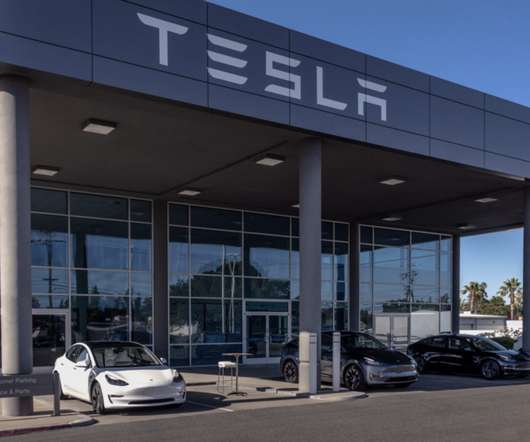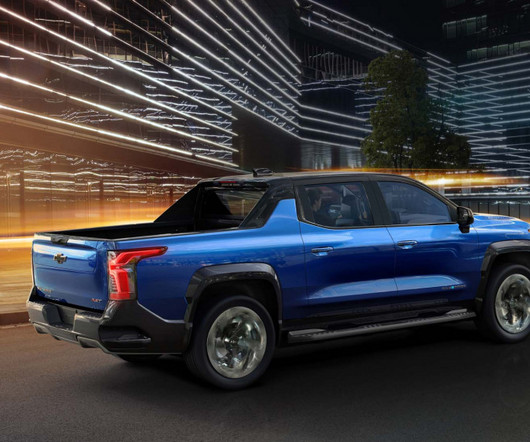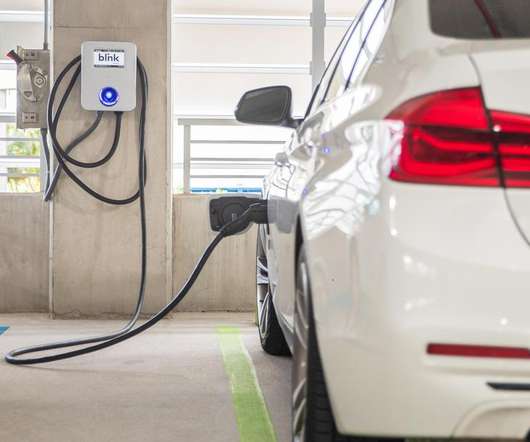EPA proposes tightening primary ozone standards to range of 65-70 ppb; final rule by October 2015
Green Car Congress
NOVEMBER 26, 2014
Source: EPA. The US Environmental Protection Agency (EPA) is proposing tightening the ground-level 8-hour ozone (O 3 ) National Ambient Air Quality Standards (NAAQS) to within a range of 65 to 70 parts per billion (ppb), while taking comments on a level as low as 60 ppb. EPA will issue final ozone standards by 1 October 2015.












Let's personalize your content